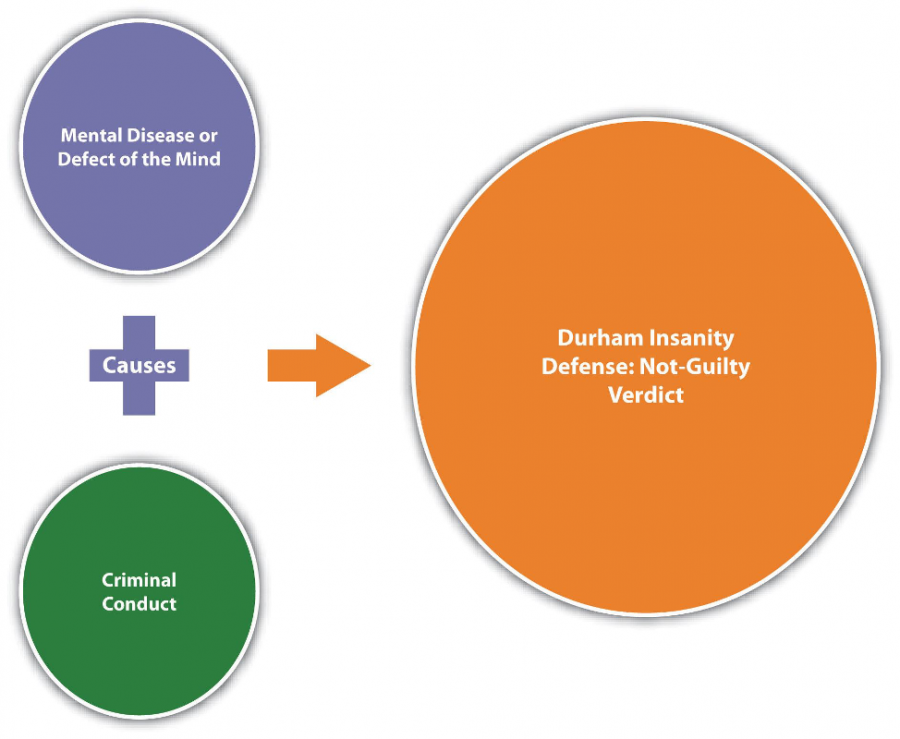2019 study focuses on whether NGRI acquit-tees are more dangerous than criminals
March 11, 2020
A new study sought to analyze the risk factors associated with recommitment of those found not guilty by reason of insanity (NGRI) to forensic hospitals, specifically focusing on 142 individuals from a New York institution.
Despite the public perception that those adjudicated NGRI are dangerous and have a high recidivism rate, research has shown that only a fraction of NGRI acquittees reoffend.
In the 1983 case of Jones v. United States, the Supreme Court determined that an NGRI acquittee can be confined in a facility until he is no longer a danger to himself or society, leading to the expansion of violence risk assessments in forensic evaluations.
The patients in the study were found NGRI for primarily violent offenses and after arrest were transferred to a facility for anywhere between 1 and 45 months.
Those recommitted were predominantly male, had fewer years of education, and a higher likelihood of having an arrest record prior to their NGRI offense.
Information was gathered from the HCR-20, a comprehensive set of guidelines for violence and risk assessment, in order to determine the hazard rates of the subjects.
A Cox Regression Analysis was run to calculate the hazard scores and likelihood of recommitment at a given time.
The time variable was defined by the interval between initial transfer to a psychiatric facility and recommitment.
The results showed that approximately one quarter of the patients were recommitted within a ten year period, with relevant precipitating events determined to be non-compliance with treatment, rearrests, drug or alcohol abuse, and in some cases, physical violence. Another determining factor was whether the individual was committed before or after In the Matter of George L., which tightened restrictions regarding commitment.
Most of the recommitted patients were readmitted from forensic institutions rather than civil ones. Because all of the acquittees were determined to not be dangerous at the time of their release, their clinical scores on the HCR-20 were low.. Regarding the historical scale, however, 47.5% percent of the patients who had a high score were recommitted whereas only 15.4% of those with low scores were recommitted.
This exemplified the significance of personal history and relationships in predicting recidivism rates.
The follow-up period also showed that the risk management scale was a predicting factor in predicting recommitment; 38.2% of patients with high scores were recommitted whereas only 10.7% percent of subjects with low scores were recommitted.
While the standard deviations were relatively large, transfer period, history, prior supervision and substance abuse problems as factors of recommitment all approached statistical significance.
Although the clinical test did not reveal much, it was discovered that for every one point increase on the Negative Attitudes scale, the hazard for recommitment increased by 3.7-fold.
The Historical Scale which was meant to assess dynamic factors, significantly predicted recommitment within a 36 month period.










